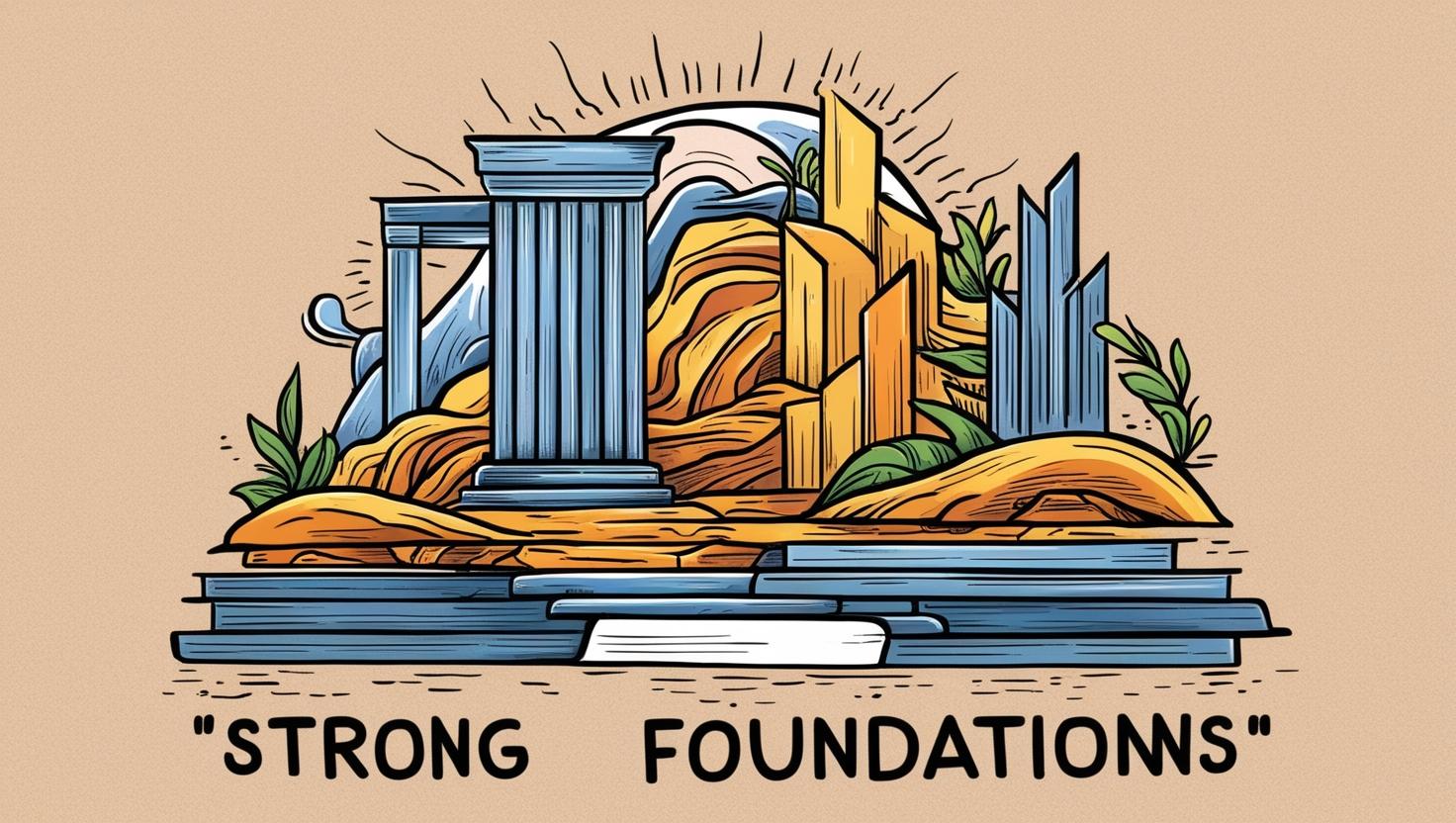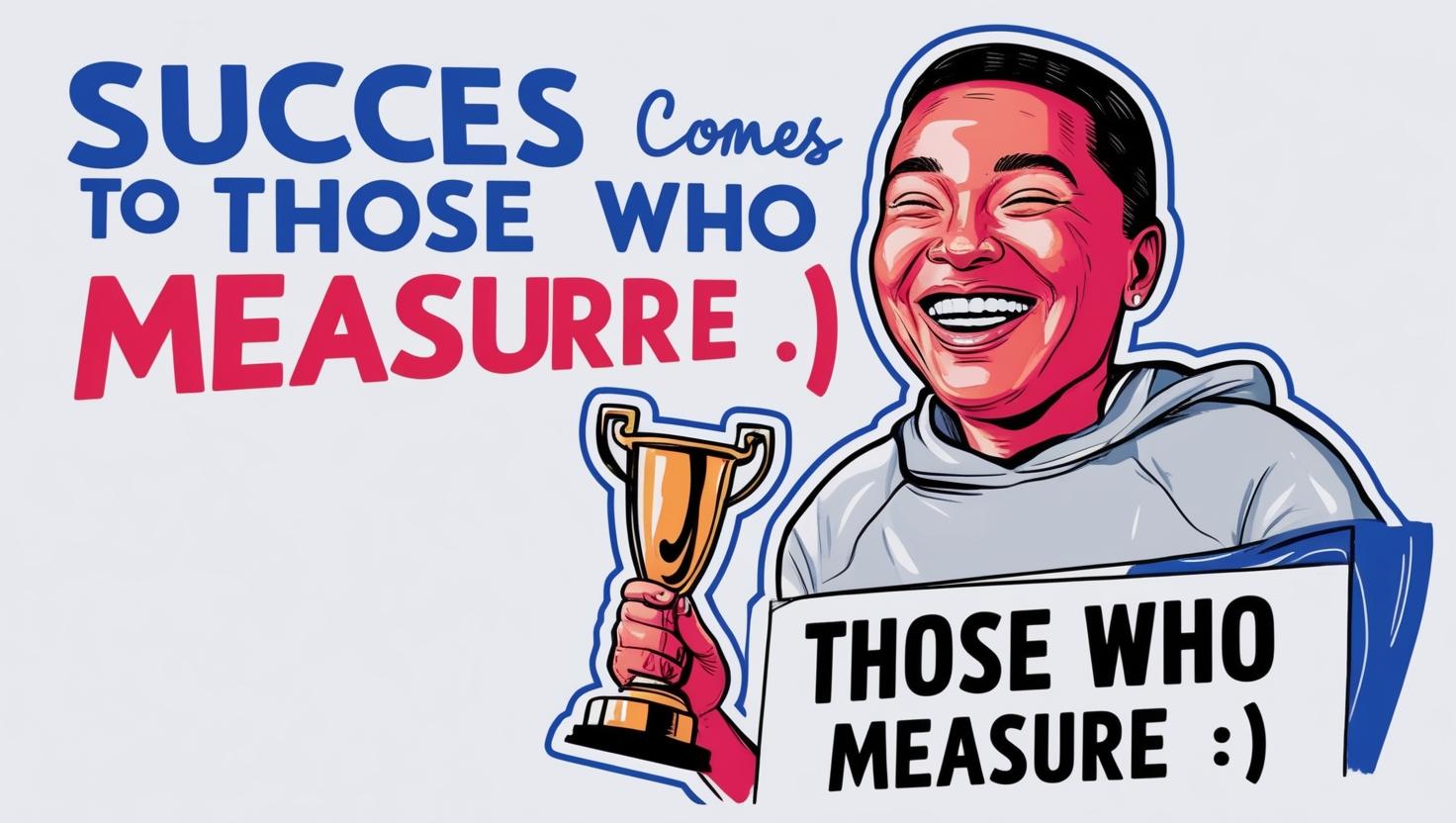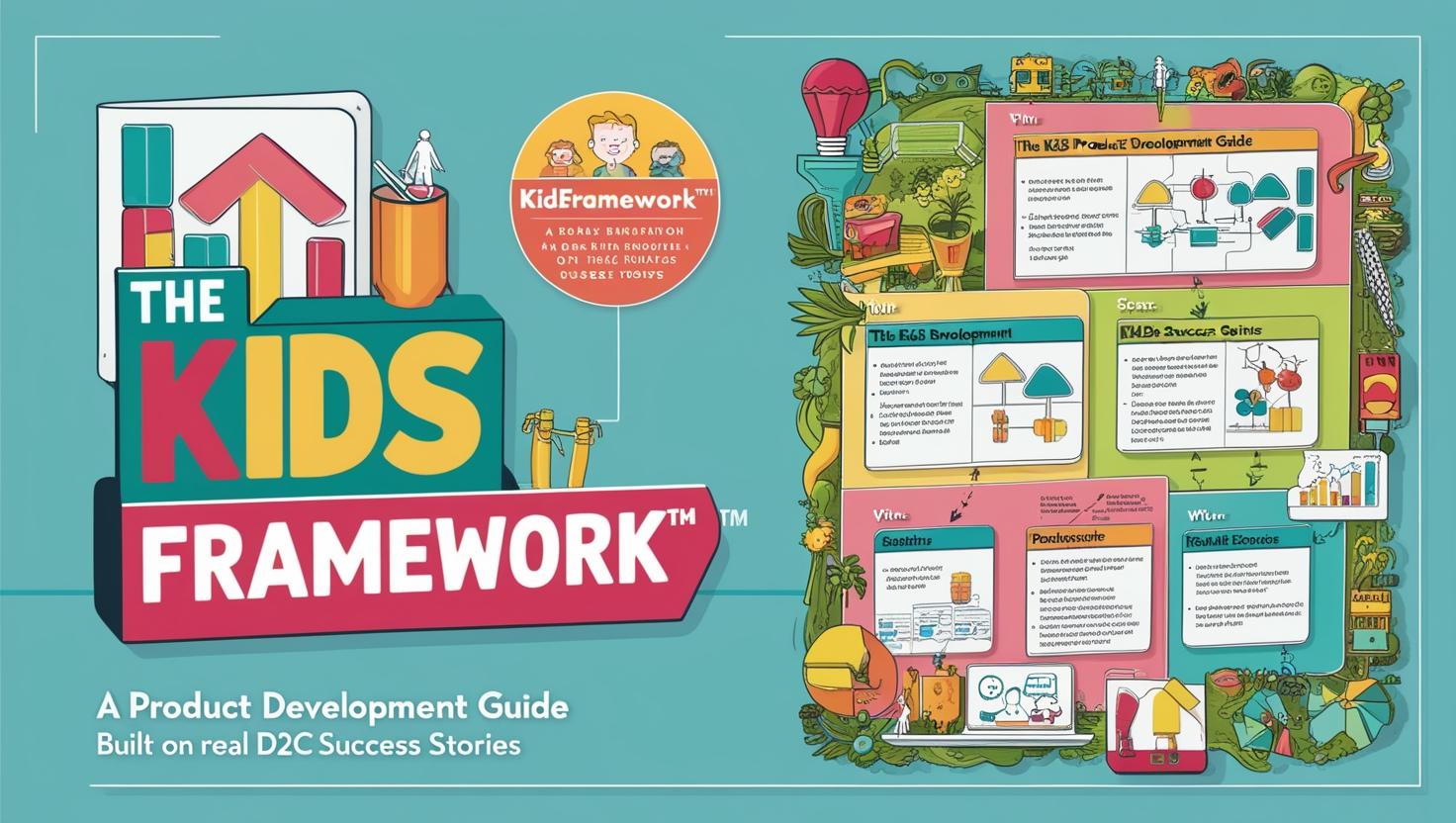This is part 2 of our deep-dive guide – “The ultimate 2025 apparel brand launch guide for D2C founders“.
The process for D2C founders to launch a new brand in market from scratch. Whether it’s your first brand or expansion into new categories & products, this guide will enable thoughtful structuring. While written through the eyes of a kidswear D2C founder, the series is applicable to any category of products.
- Part 1. Market Understanding – The ultimate 2025 apparel brand launch guide for D2C founders [part 1 – the market]
- Part 2. Product Development – The ultimate 2025 apparel brand launch guide for D2C founders [part 2 – the product]
- Part 3. Business Fundamentals – The ultimate 2025 new brand launch guide for D2C founders [part 3 – the business]
- Part 4. Brand Building – The ultimate 2025 new brand launch guide for D2C founders [part 4 – the brand]
- Part 5. Customer Experience – The ultimate 2025 new brand launch guide for D2C founders [part 5 – the customer experience]
- Part 6. Launch Preparation – The ultimate 2025 new brand launch guide for D2C founders [part 6 – the launch prep]
- Part 7. Launch & Iterate – The ultimate 2025 new brand launch guide for D2C founders [part 7 – the launch & iteration]
It’s 2015, and Christina Carbonell is staring at a wall full of children’s t-shirts in Primary’s first office. What started as a simple mission – creating perfect basics for kids – had turned into an 18-month journey of discovery, challenges, and revelations. “We thought making kids’ clothes would be straightforward,” she later shared with Forbes. “We were wrong in the best possible way.”
This story resonates with many D2C founders. Monica Royer of Monica + Andy spent nine months just perfecting their first onesie collection. These aren’t stories of failure; they’re testimonies to the complexity of children’s apparel development.
The KIDS Framework™: A Product Development Guide Built on Real D2C Success Stories
Why We Need a Framework

The numbers tell a compelling story. According to McKinsey’s 2023 D2C Fashion Report, 68% of kids’ apparel brands face significant product development delays. The average time from concept to launch? 12-18 months. Return rates? Hovering around 28% due to development oversights.
These challenges aren’t just statistics – they’re opportunities for improvement. That’s where the KIDS Framework™ comes in.
The Research Foundation

Our framework isn’t built on theories. It’s constructed from:
- Three years of public data from successful D2C kids’ brands
- Extensive interviews with founders and product teams
- Analysis of 100,000+ verified customer reviews
- McKinsey’s comprehensive market research
The KIDS Framework™ in Action
- K – Knowledge Foundation
- I – Innovation & Safety Integration
- D – Development & Testing
- S – Scalable Systems
Let’s explore each phase through the lens of successful brands.
Knowledge Foundation
The Primary Approach – When Primary began their journey, they didn’t just research the market – they lived it. Their team spent weeks observing children at play, talking to parents, and understanding the real challenges of kids’ clothing.
Market Understanding – Primary’s research revealed three crucial insights:
- Parents weren’t just buying clothes; they were investing in solutions
- Size consistency mattered more than style variety
- Price sensitivity varied significantly by product category
Customer Deep Dive – Monica + Andy’s innovative “coffee chat” program transformed customer research. Instead of formal focus groups, they created casual environments where parents could share real experiences. These conversations revealed that 82% of parents struggled with size consistency across brands, while 76% worried about fabric safety.
Innovation & Safety Integration
The Safety Story – Primary’s journey to create their bestselling t-shirt illustrates this phase perfectly. Six months, 15 prototypes, and 200+ wear tests later, they didn’t just have a t-shirt – they had a blueprint for safe, innovative kids’ wear.
Material Innovation – Monica + Andy’s search for the perfect organic cotton involved:
- Testing 100+ fabric samples
- Conducting 50+ wash cycles per sample
- Evaluating durability in real-world conditions
The result? A 2% return rate and 94% customer satisfaction score.
Development & Testing
The Testing Revolution – Primary’s approach to testing changed the game. Instead of traditional fit models, they created “play testing” sessions where kids wore prototypes during normal activities. This revealed issues no static fitting could identify.
Real-World Testing:
- Playground durability tests
- Daycare wear trials
- Parent feedback sessions
- Wash and wear cycles
Scalable Systems
The Growth Blueprint – Monica + Andy’s early investment in scalable systems paid off during their rapid growth phase. Their approach focused on three areas:
Production Excellence:
- Vendor relationship building
- Quality control systems
- Capacity planning
Inventory Intelligence:
- Size ratio optimization
- Demand forecasting
- Stock level management
Pricing Intelligence:
- Category pricing ranges
- Price / Quality Intelligence
- Pricing sweet spot management (dynamic)
Implementation Guide
The Timeline Reality Successful brands follow a structured yet flexible timeline:
Weeks 1-4: Knowledge Gathering
- Market analysis
- Customer research
- Competitor study
Weeks 5-12: Development & Testing
- Material selection
- Prototype creation
- Safety testing
- Wear trials
Weeks 13-16: Systems & Scale
- Production setup
- Quality control implementation
- Launch preparation
Measuring Success

Real Metrics That Matter (based on data from successful D2C brands):
Development Efficiency:
- Sample approval rate: Target >85%
- Timeline adherence: Target >90%
- Cost variance: Within 5%
Product Performance:
- Return rates: Target <15%
- Customer satisfaction: Target >85%
- Size-related issues: Target <5%
The Path Forward
Remember Primary’s 18-month journey to launch? Using this framework, modern D2C brands can achieve similar quality in 4-6 months. Not by cutting corners, but by following a proven, structured approach.
Your Next Steps:
- Assess your current development process
- Identify areas for framework implementation
- Build your timeline based on our guide
- Start with small collections to test the framework
Ready to turn your D2C dream into reality? Try Unagenie’s Competitive Brand Intelligence agent for free today.
This is part 2 of our deep-dive guide – “The ultimate 2025 apparel brand launch guide for D2C founders“.
The process for D2C founders to launch a new brand in market from scratch. Whether it’s your first brand or expansion into new categories & products, this guide will enable thoughtful structuring. While written through the eyes of a kidswear D2C founder, the series is applicable to any category of products.
- Part 1. Market Understanding – The ultimate 2025 apparel brand launch guide for D2C founders [part 1 – the market]
- Part 2. Product Development – The ultimate 2025 apparel brand launch guide for D2C founders [part 2 – the product]
- Part 3. Business Fundamentals – The ultimate 2025 new brand launch guide for D2C founders [part 3 – the business]
- Part 4. Brand Building – The ultimate 2025 new brand launch guide for D2C founders [part 4 – the brand]
- Part 5. Customer Experience – The ultimate 2025 new brand launch guide for D2C founders [part 5 – the customer experience]
- Part 6. Launch Preparation – The ultimate 2025 new brand launch guide for D2C founders [part 6 – the launch prep]
- Part 7. Launch & Iterate – The ultimate 2025 new brand launch guide for D2C founders [part 7 – the launch & iteration]

